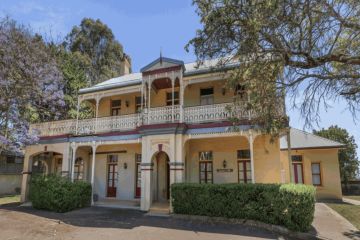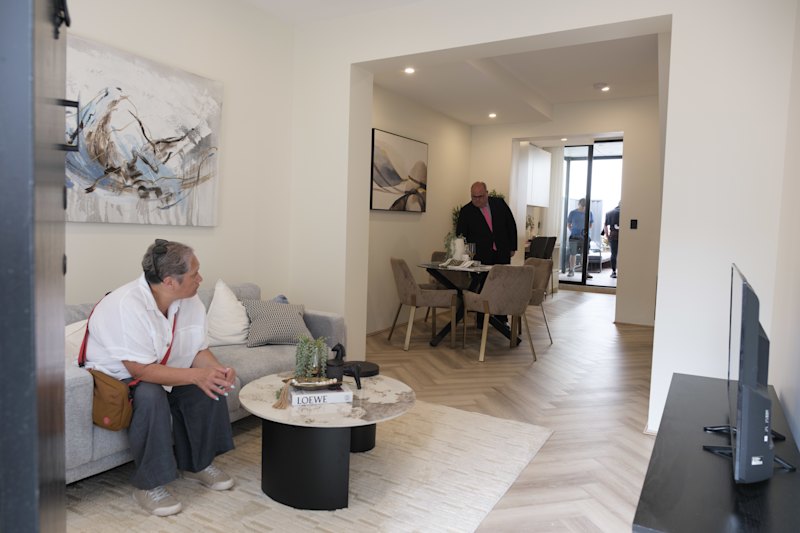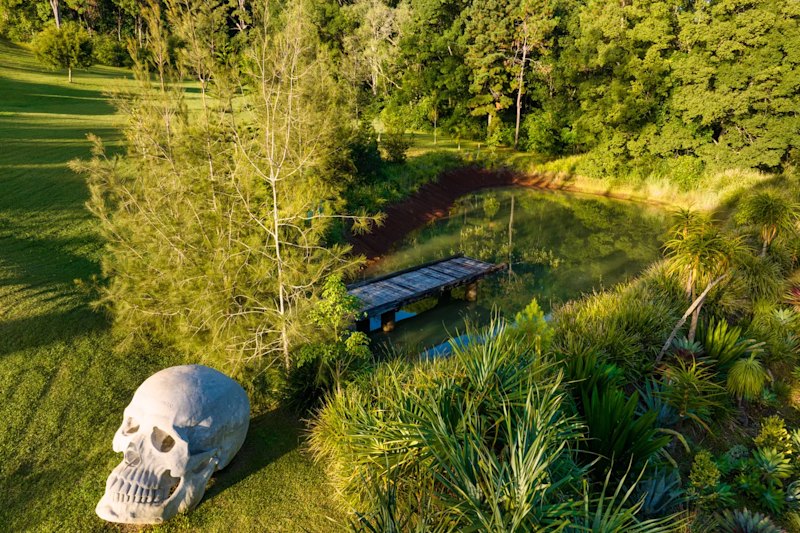An exclusive glimpse into the grand Embassy of Italy in Canberra
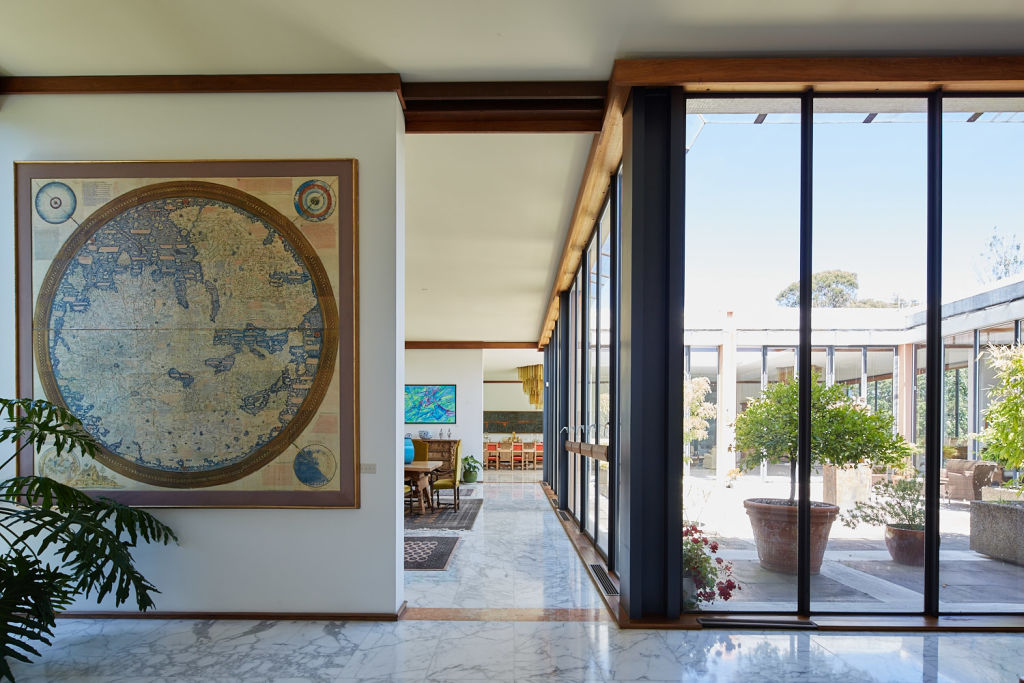
Stepping into the Embassy of Italy residence, you are surrounded by cultural mementoes and mesmerising Italian accents. I expected to be left with a longing for fresh pasta and tiramisu, but instead, I left with a new perspective on the definition of modernist architecture.
On a balmy evening, when everything is bathed in a golden glow just like how you would imagine in Tuscany, the Italian Embassy in Deakin was open to the public as part of the Design Canberra Festival to discuss the topic of international design with Italian Ambassador Stefano Gatti, Italian sculptor Silvia Tuccimei, and the architect of the embassy itself, Enrico Taglietti.
Taglietti first came to Canberra in the mid-1950s, tasked with finding a place for the Italian embassy. Now aged 93, he is full of wisdom. He has lived in Canberra since accepting the embassy commission, contributing to the city’s urban landscape through his signature houses, schools and public buildings.
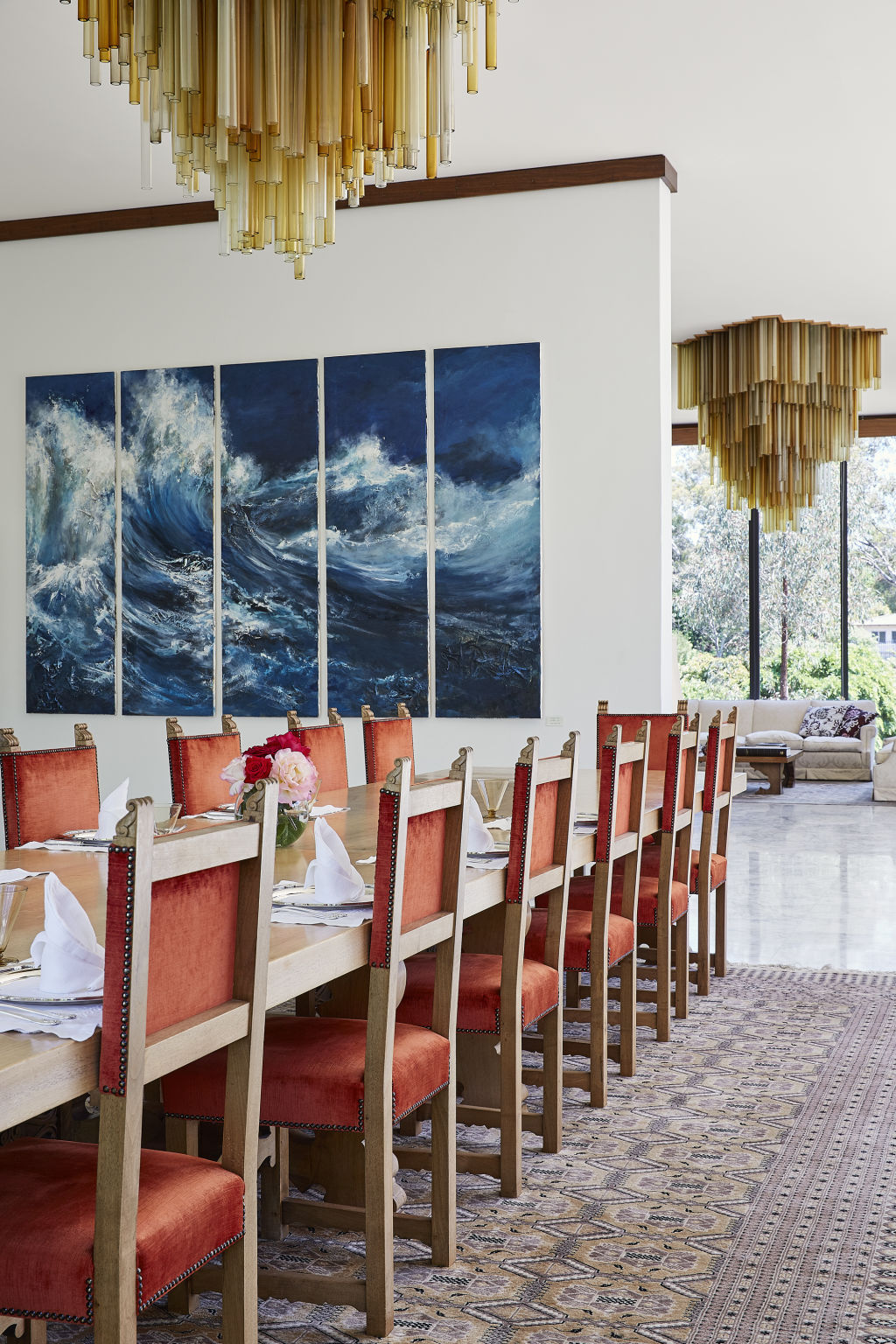
Getting a glimpse into the majestic residence of an embassy in Canberra is a rare treat.
Walking through the large front gates was an instant immersion into the Italian lifestyle, as I was met by a nice man in a straw hat, brown tartan suit jacket and thick accent. He directed me to the embassy, requesting that I note the fleet of sleek Alfa Romeos parked out the front.
At the end of the driveway, the looming building proudly stood at the top of the hill.
It is understated in its white palette and flat roof, and yet majestic in its proportions and perfect symmetry. Tall, narrow windows line the facade and accentuate its grand double-storey height, while huge wooden double doors beckon you up the stairs to enter.
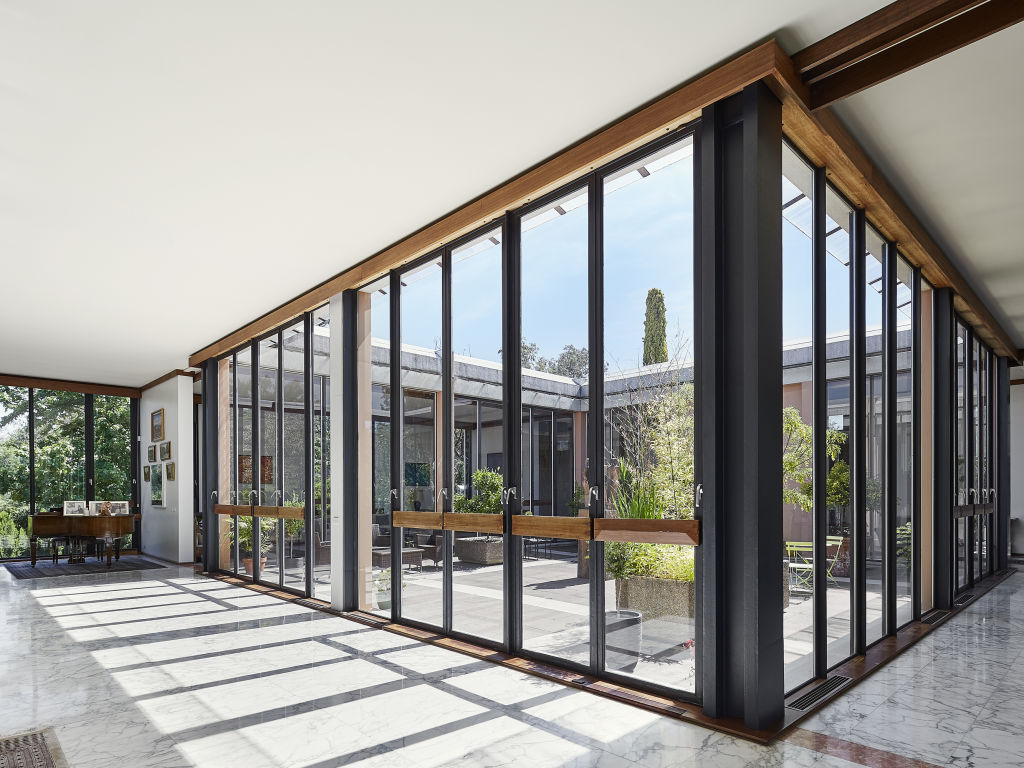
Inside reveals a small entrance way with corridors to the left and right. My fellow Italian design enthusiasts and I were led through the passageways around a central courtyard to vast living rooms where the conversation took place.
The atmosphere inside was awe-inspiring, with double-height ceilings, shiny marble flooring and floor-to-ceiling glass windows to let in the natural light and glow of the outside.
Gatti explains the design of the residence can be imagined in a figure eight; two interior courtyards surrounded by wide corridors and rooms that create a flow around the structure.

“[It’s] a place that holds works of art and Italian creativity,” he says.
“Murano glass chandeliers, voluptuous velvet cushions and ornate wooden carved furniture all proudly display Italian craftsmanship at its best,” adds second secretary Giorgio Daviddi.
“Hanging in a quiet corner of the residence is a map of ancient Italy, which would befit a Venetian museum. Portraits of Italian monks, aristocrats and muted ladies also adorn the walls.”
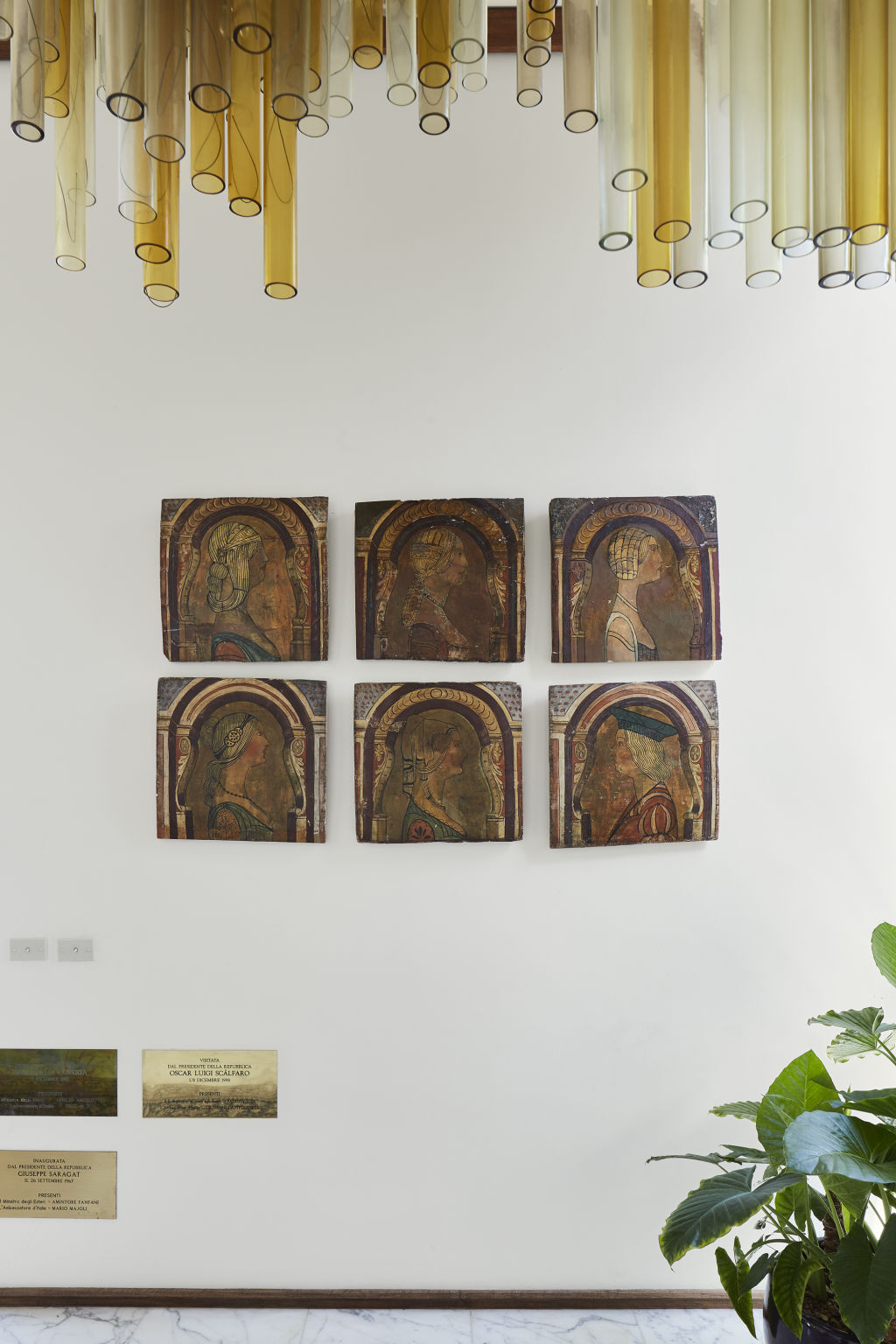
The design holds major historical significance to Italy, for it harks back to Ancient Rome and the typical villa design. Taglietti wanted to create a historical connection to Italian architecture and culture through the residence here in Canberra.
His style is often described as using unusual angles and concrete, although he claims that is not what architecture is about.
“It’s not the material that defines the architecture,” he says.
“I design voids. Voids are not any material, the material to me is secondary.”

Within the context of the Embassy of Italy, that made perfect sense. We were inside four walls yet it had the ambience of being outside. The design is open and undefined by walls, bound by the courtyard on one side, and views to the gardens on the other.
The discussion finished with the thought-provoking question, “What is beauty?”, to which Taglietti left us with a lasting message: “Beauty is everything that is wonderful because it is full of wonder.”
Regardless of language and cultural barrier, it turns out that design transcends boundaries and is a fantastic universal language, and that is beautiful.
We recommend
We thought you might like
States
Capital Cities
Capital Cities - Rentals
Popular Areas
Allhomes
More




